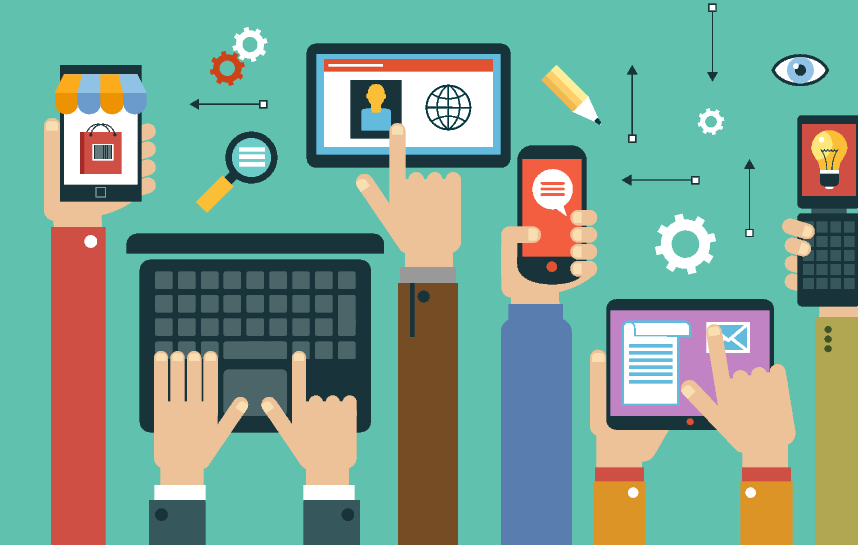Quiz time! A buzz from your smartphone tells you there’s a new version of your go-to run tracking app. Which of the following do you do?
- Get in your car and drive to the nearest software store and grab the new version from the shelf.
- Scroll to the app store on your phone and simply hit “Update.”
- Ignore the update and hope the current version will keep working.
Most likely you selected option 2, letting your smartphone automatically update it for you. But it wasn’t too long ago that option 1 was the only option. Ask anyone over the age of 35 and chances are they will tell you a tale of heading to a software or electronics store to buy the newest operating system, accounting, or word processing software for their computer.
Buying and Selling Software Wasn’t So Easy
What you may not know is before internet connectivity became a part of our lives, consumers visited traditional retail stores to purchase software. How that software got to shelves was a complicated and time-consuming process. Developers would write software and then either try to self-publish or partner with a publisher to get the product in stores. This process required staff and financial resources to manage overhead (e.g., printing boxes, advertising, and marketing) something many small and medium-sized developers couldn’t afford.
Consumers didn’t have an easy time either. Often on-the-shelf product choice was limited or new versions couldn’t run on their computers because of outdated operating systems. This created a tough environment for developers until the internet allowed consumers to download applications from home. Think back to your run tracking app. What happened to all the older copies of it? How did consumers know if it was any good? Where did you put that novella-size terms and conditions information that came with the box? Today, all you need to do to answer these questions is go to your app distribution platform of choice.

Platforms Bring Together Consumers and App Companies
Apps drive the mobile economy, and the relationship between apps and mobile platforms is beneficial for both. Moreover, mobile platforms provide apps with:
- lowered overhead costs;
- greater consumer access;
- simplified market entry; and
- strengthened intellectual property protections.
These same benefits extend to consumers. They can pick from more than one million apps knowing they work, aren’t dangerous or malicious, and keep their personal data safe.
App-enabled services are transforming transportation, healthcare, productivity, and how we spend our leisure time. The mutually beneficial partnership between platforms and app companies is a key factor in the growth of the app economy. By reducing marketplace barriers to entry and providing access to millions of customers, platforms help small app developers become essential to growing the app economy.
